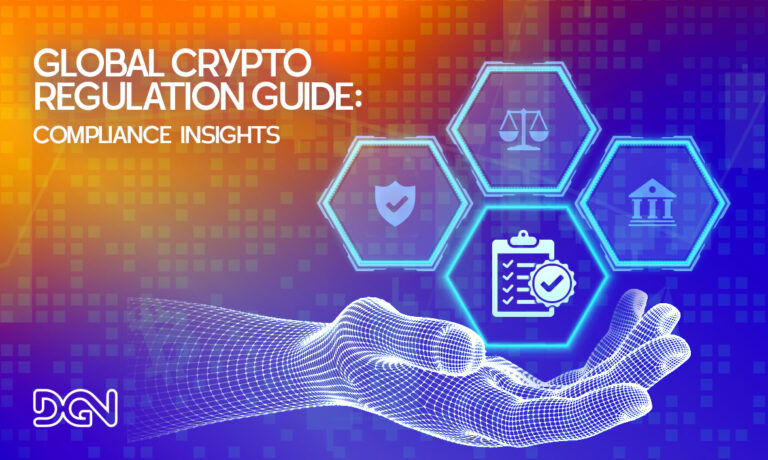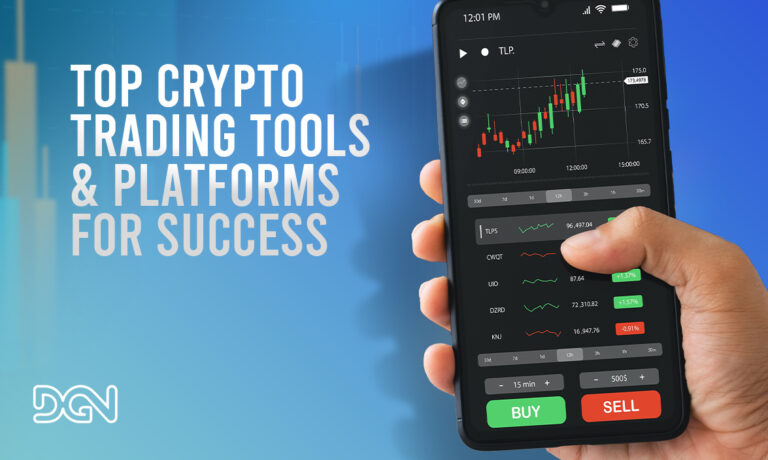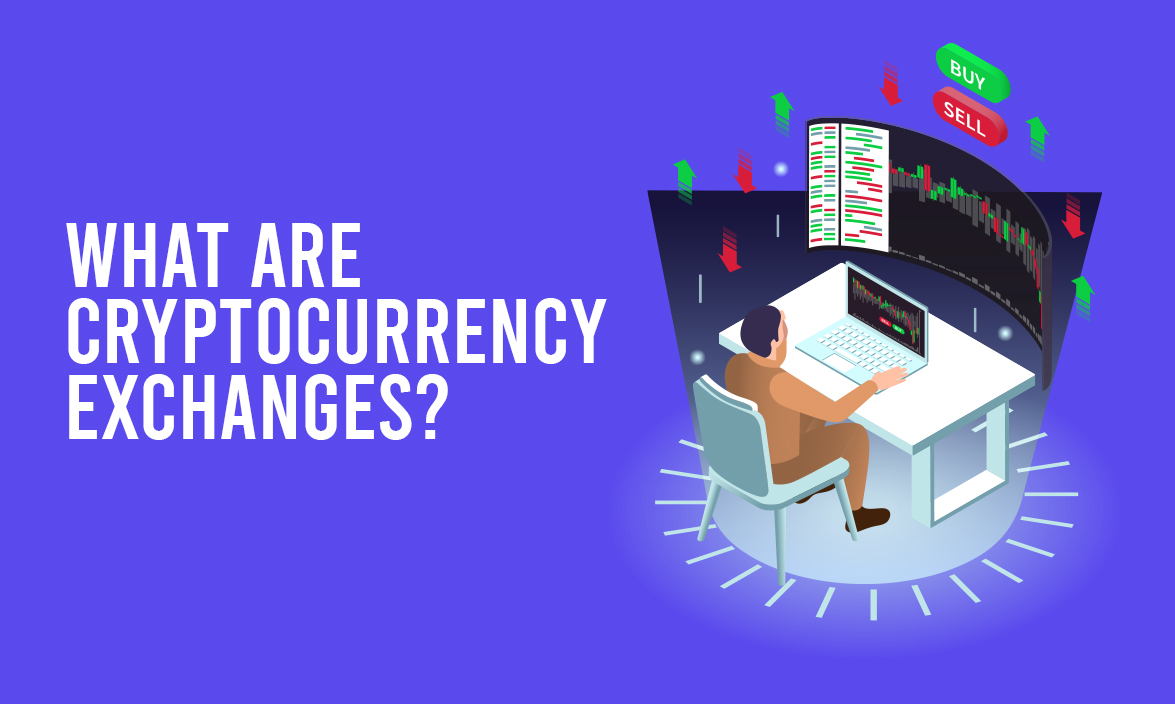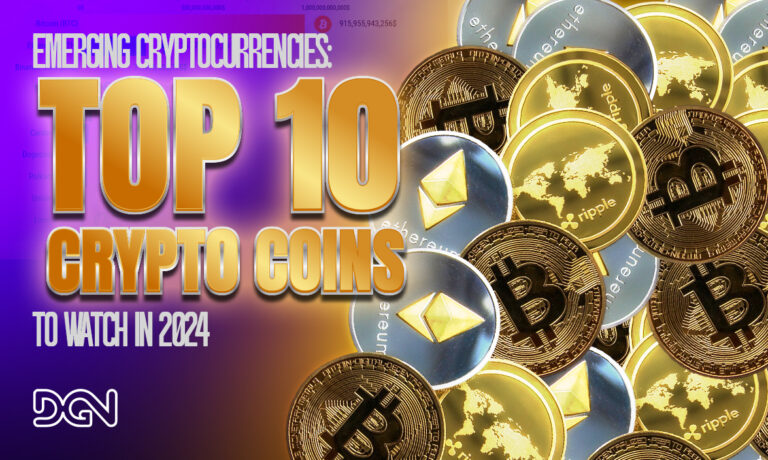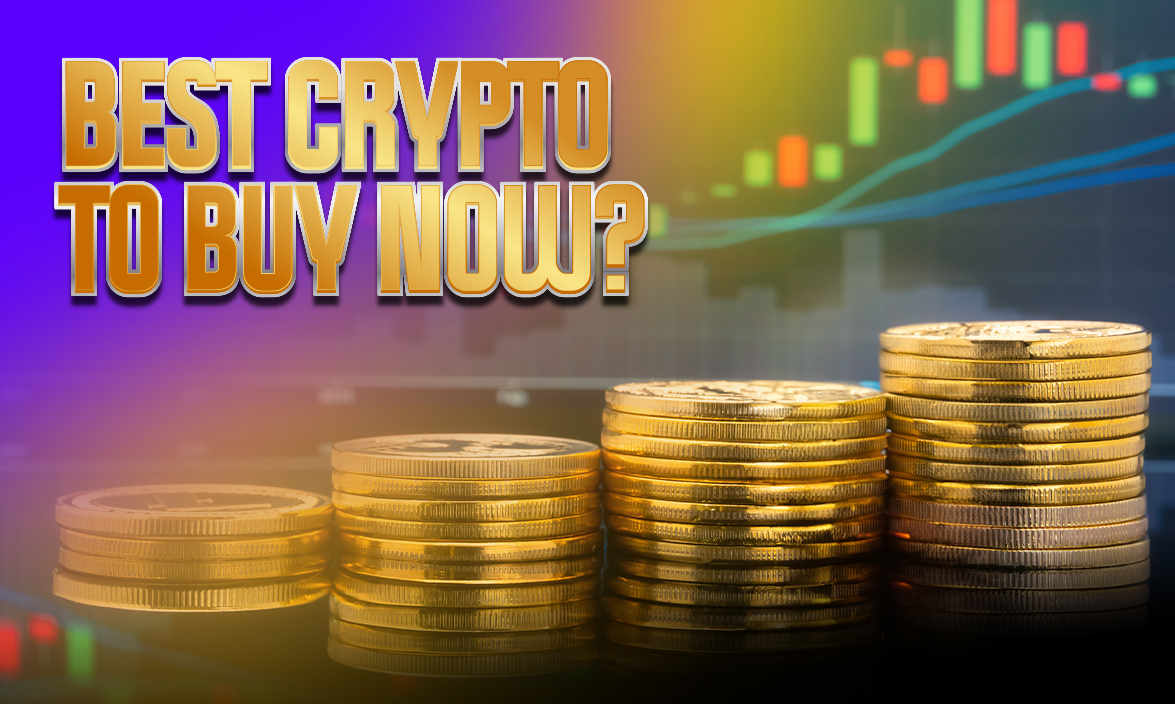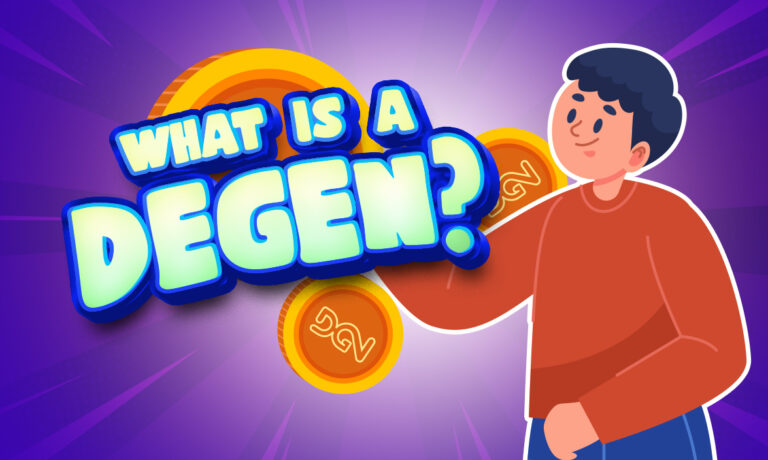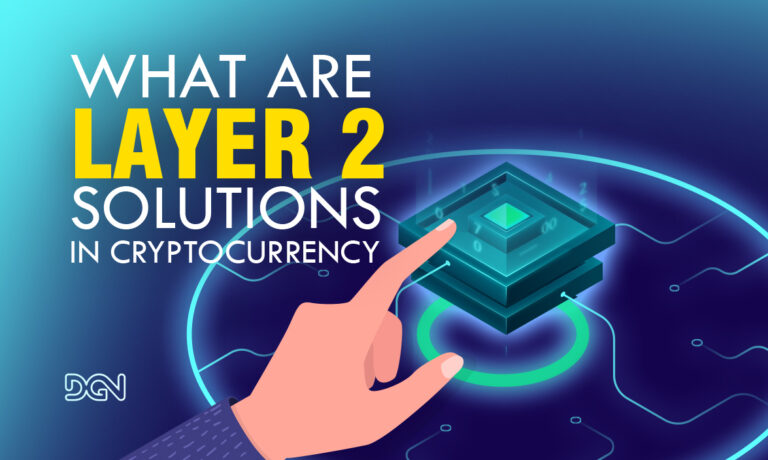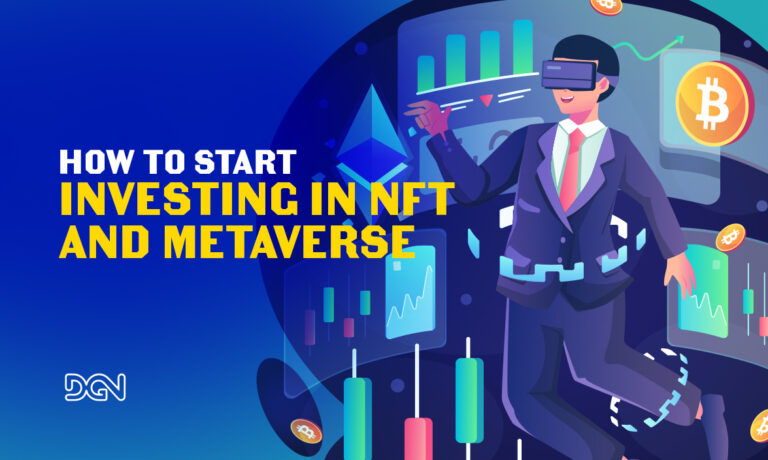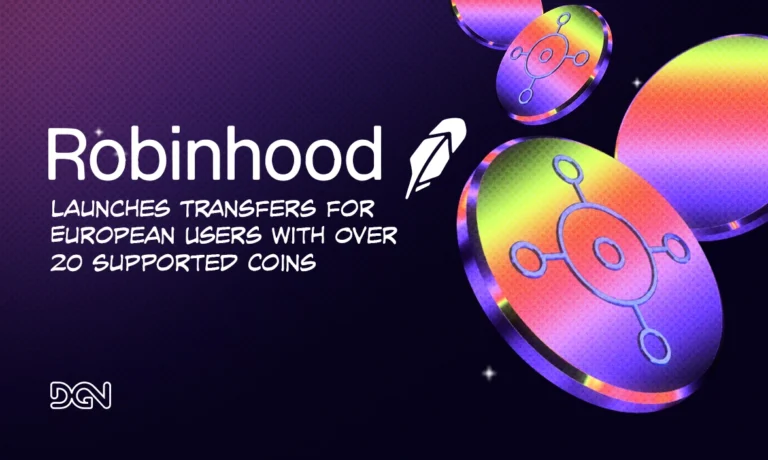Blockchain technology has evolved rapidly since its debut with Bitcoin in 2009, quickly transitioning from a decentralized digital currency infrastructure to a framework with potential applications across countless industries. Today, blockchain is not only revolutionizing finance, but also healthcare, supply chain management, energy, and even entertainment. As we look to the future, 2024 promises to be a pivotal year, where advancements in scalability, security, and interoperability will push blockchain into a new era of technological growth.
In this guide, we’ll explore how blockchain will continue to shape the future, the upcoming innovations in the space, and the challenges it faces in achieving mass adoption.
1. Blockchain Beyond Cryptocurrencies
While blockchain is often associated with cryptocurrencies like Bitcoin and Ethereum, its potential extends far beyond digital currencies. Blockchain’s decentralized nature, ability to provide transparent, tamper-proof records, and secure transaction validation have made it a valuable tool in many industries.
1.1 Healthcare Revolution
In healthcare, blockchain can secure patient records and provide a transparent, accurate history of medical treatments. Hospitals and clinics can leverage blockchain to store and share patient data securely, while ensuring that sensitive information is only accessible to authorized parties. This would lead to better data interoperability, reduce fraud, and streamline administrative processes.
The global blockchain healthcare market is predicted to reach $231 million by 2026, driven by an increase in data breaches and the need for more secure patient management systems.
1.2 Supply Chain Optimization
Blockchain provides unprecedented traceability in the supply chain industry. Major companies like IBM and Walmart are already using blockchain to track product journeys in real-time, ensuring authenticity and improving overall efficiency. In the future, more organizations are expected to adopt blockchain to combat counterfeit goods, optimize logistics, and enhance customer trust through transparent product histories.
For example, De Beers uses blockchain technology to track the journey of diamonds from mines to retail stores to ensure authenticity and ethical sourcing.
2. Scalability: Overcoming Blockchain’s Biggest Challenge
One of the most critical issues blockchain technology faces is scalability. As more people use blockchain networks, processing transactions becomes slower and more expensive. Bitcoin, for instance, can only process 7 transactions per second (TPS), whereas Visa can process around 1,700 TPS. Ethereum, while faster, is also limited, prompting the need for scalability improvements.
2.1 Layer 2 Solutions
In 2024, Layer 2 scaling solutions will likely lead the charge in overcoming blockchain’s scalability bottleneck. Solutions like Lightning Network for Bitcoin and Optimistic Rollups for Ethereum reduce the load on the main blockchain by processing transactions off-chain. These secondary layers can handle thousands of transactions per second before consolidating them on the primary chain.
2.2 Sharding
Sharding is another innovative approach to improve scalability. By dividing the blockchain network into smaller, more manageable pieces, or “shards,” each shard processes its own set of transactions and smart contracts. Ethereum 2.0, with its shift to a Proof-of-Stake (PoS) model and integration of sharding, aims to handle up to 100,000 TPS, a dramatic improvement that could bring blockchain much closer to widespread adoption.
3. Interoperability: Connecting Blockchains for a Decentralized Future
For blockchain to reach its full potential, different blockchain networks must communicate with one another seamlessly. Interoperability is crucial for creating a more unified ecosystem where assets and data can move freely between different platforms.
3.1 Cross-Chain Communication
Emerging solutions like Polkadot and Cosmos are making significant strides toward cross-chain communication. These platforms act as bridges between different blockchains, allowing them to share information, assets, and data without relying on centralized exchanges. Polkadot’s Relay Chain and Cosmos’ Inter-Blockchain Communication Protocol (IBC) are two examples of frameworks designed to foster a more interconnected blockchain ecosystem.
In 2024, increased adoption of these cross-chain platforms will likely pave the way for decentralized applications (dApps) that function across multiple blockchains, providing users with more choices and enhancing the flexibility of blockchain technology.
4. Decentralized Finance (DeFi) Continues to Evolve
Decentralized Finance, or DeFi, has already disrupted traditional financial services by providing decentralized alternatives to savings, loans, and trading. With DeFi, users retain control over their assets and transact without intermediaries, such as banks. In 2023, the total value locked (TVL) in DeFi protocols exceeded $100 billion.
4.1 DeFi 2.0– Enhanced Security and User Experience
DeFi 2.0 represents the next generation of decentralized financial products, focusing on improved security, scalability, and user experience. Many of the early DeFi platforms have faced challenges with security, such as smart contract vulnerabilities, which hackers exploited to steal millions of dollars. Future DeFi applications will focus on integrating more robust security protocols, enhanced UX designs, and mechanisms for risk management, making them more accessible and safer for everyday users.
4.2 Integration with Traditional Finance
In the coming years, expect to see further integration of DeFi into traditional finance (TradFi). Financial institutions, including major banks, are already exploring ways to incorporate DeFi protocols into their services, providing customers with decentralized savings options or blockchain-based loan products.
5. The Rise of Tokenization
Tokenization is the process of converting assets—whether physical, like real estate, or digital, like intellectual property—into blockchain tokens that can be bought, sold, and traded on decentralized platforms. Tokenization democratizes asset ownership, enabling fractional ownership and making previously illiquid assets accessible to a broader range of investors.
5.1 Real Estate and Tokenization
Tokenized real estate is one of the most promising use cases of blockchain in 2024. By representing ownership of a property with digital tokens, investors can buy and sell fractions of properties, thus lowering the entry barrier to real estate investment. According to experts, the tokenized real estate market is expected to reach $4.2 billion by 2025, making it a growing trend in the blockchain space.
5.2 Tokenizing Intellectual Property
Similarly, intellectual property, such as music, art, and patents, can also be tokenized. This creates new opportunities for artists and creators to directly monetize their work, bypassing traditional intermediaries such as publishers and record labels. Platforms like Audius and MakersPlace have already begun to embrace tokenization, allowing creators to sell their digital works as unique, blockchain-verified assets.

6. Blockchain and the Metaverse
The metaverse—virtual, interconnected digital worlds—relies heavily on blockchain technology to create, own, and trade virtual assets. Blockchain provides the necessary infrastructure to support the buying and selling of virtual land, digital clothing, and other assets in the metaverse.
6.1 Non-Fungible Tokens (NFTs) in the Metaverse
NFTs, or non-fungible tokens, are the backbone of virtual asset ownership in the metaverse. By using blockchain to create unique digital tokens, NFTs allow users to verify the authenticity and ownership of virtual goods. In the metaverse, users can buy NFT-based land plots, outfits for their avatars, and other virtual items. Major companies like Meta and Microsoft are already developing virtual worlds that will integrate blockchain for asset management and ownership.
6.2 Interoperability in the Metaverse
Just as interoperability is crucial for blockchains, it is also vital for the future of the metaverse. Users will want to move assets between different virtual worlds seamlessly. Blockchain technology will be essential for enabling this interoperability, allowing virtual items to be transferred from one platform to another securely.
7. Environmental Concerns and Sustainable Blockchain
One of the most significant criticisms of blockchain technology, especially Proof-of-Work (PoW) systems like Bitcoin, is its energy consumption. Bitcoin mining alone uses more electricity annually than some entire countries. However, sustainability concerns are pushing the blockchain industry toward more eco-friendly solutions.
7.1 Transition to Proof of Stake (PoS)
The shift from energy-intensive PoW systems to Proof of Stake (PoS) and other consensus mechanisms is one solution. PoS is more energy-efficient because it does not require vast amounts of computational power to validate transactions. Ethereum’s transition to PoS in its Ethereum 2.0 upgrade significantly reduced its carbon footprint, setting an example for other blockchain networks to follow.
7.2 Green Blockchain Initiatives
In addition to PoS, several green blockchain initiatives are gaining momentum. Projects like Chia, which uses “proof of space and time,” and Algorand, which claims to be carbon-negative, are pushing the industry toward more environmentally friendly operations. These advancements in sustainable blockchain technology will likely gain traction in 2024, helping blockchain reduce its ecological impact while maintaining its innovative edge.
Conclusion
The future of blockchain in 2024 looks bright, with groundbreaking innovations that address some of the technology’s most pressing challenges, such as scalability, security, and sustainability. As blockchain continues to grow and mature, it will play an increasingly vital role in industries ranging from finance to healthcare, supply chains, and the metaverse.
Keep an eye on how blockchain transforms these sectors, and stay updated with the latest developments to harness the full potential of this revolutionary technology.

